
loading
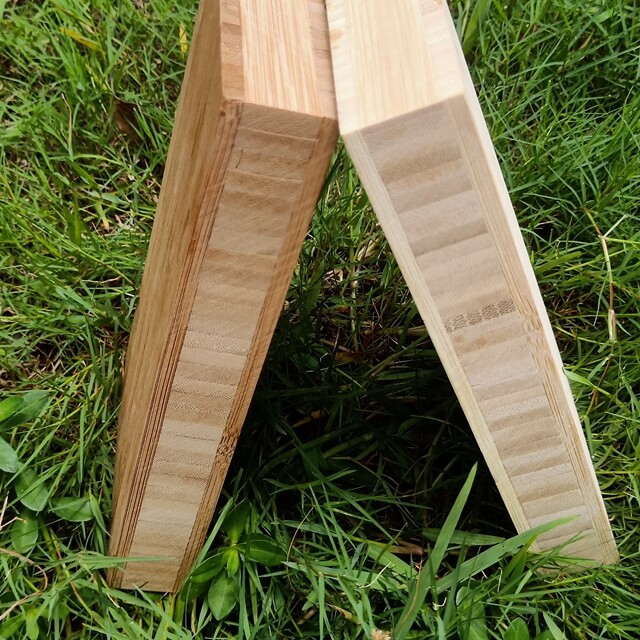
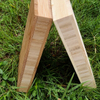
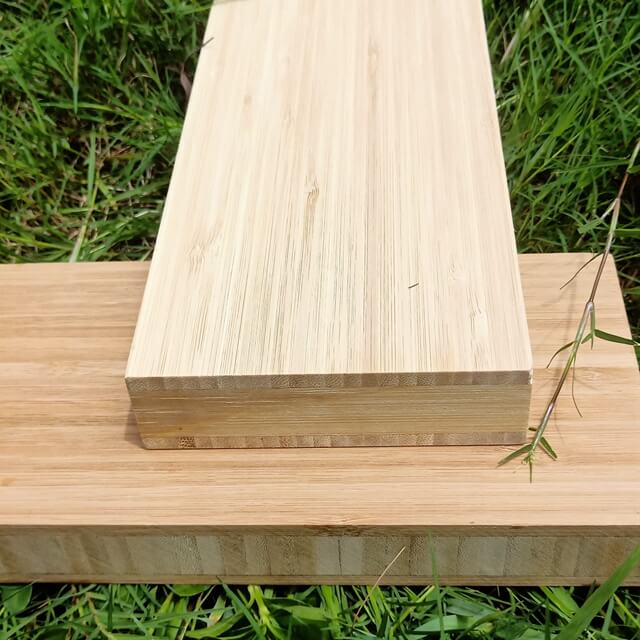
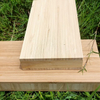
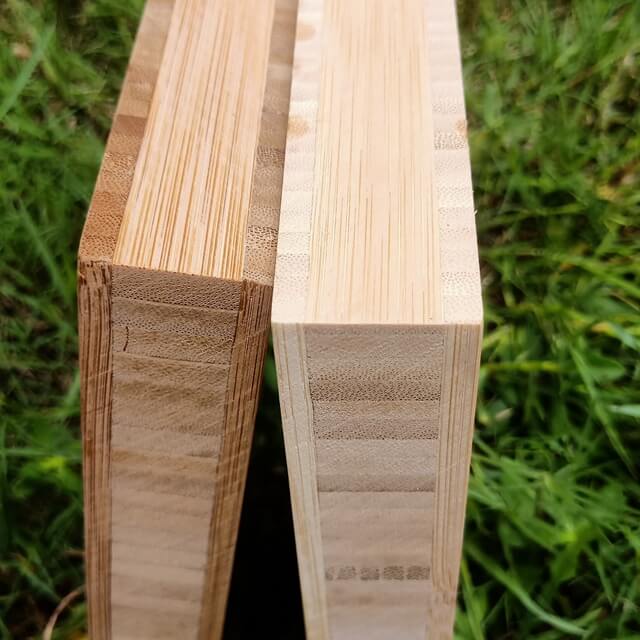
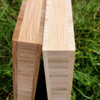
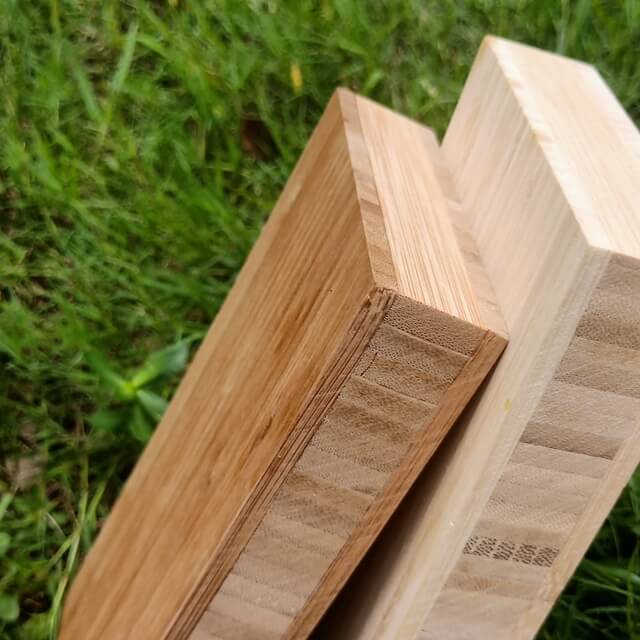

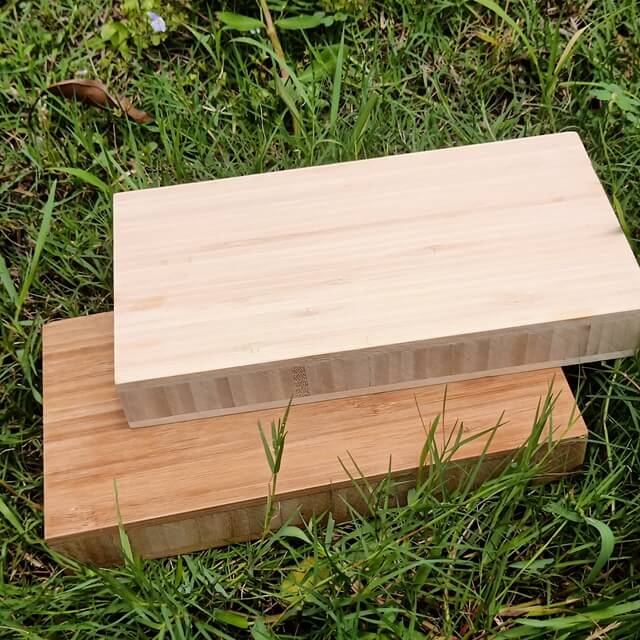
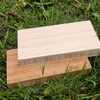
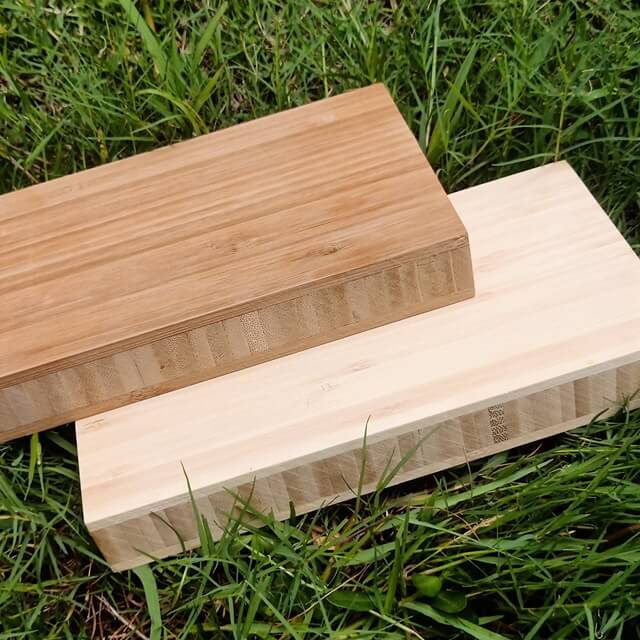
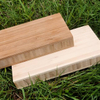
Since bamboo plywood takes well to various finishes and can be used in countless ways, here are some recommended finishes and specific project ideas to maximize its potential.
Tung Oil or Linseed Oil – Enhances grain, water-resistant, food-safe (great for tables & countertops).
Danish Oil – Easy application, adds slight amber tone while protecting.
Beeswax + Mineral Oil – Ideal for cutting boards or kitchen items.
Water-Based Polyurethane – Low odor, dries fast, retains natural color.
Lacquer or Conversion Varnish – High durability for high-traffic surfaces (desks, floors).
Epoxy Resin – Ultra-glossy, waterproof finish for bar tops or artistic pieces.
Light Stains (Ash, Blonde) – Keeps the modern bamboo look.
Dark Stains (Walnut, Espresso) – Mimics luxury hardwoods.
Painted (Matte Black, White, Bold Colors) – Great for cabinets or statement furniture.
Solid wood edge banding – Hides ply layers, adds durability.
Roundover or Chamfered edges – Softens appearance, prevents chipping.
Live-edge bamboo (if available) – For a rustic, organic look.
Dining Table / Desk (20mm for stability, oil or epoxy finish).
Floating Shelves (19mm, clear-coated for a minimalist look).
Modern Cabinets & Wardrobes (Painted or stained, with hidden hardware).
Bench or Coffee Table (Strand-woven bamboo for extra durability).
Butcher Block Countertop (Food-safe oil finish).
Cutting Boards / Charcuterie Boards (Beeswax + mineral oil).
Open Shelving (Horizontal grain for visual appeal).
Bamboo Feature Wall (Vertical grain for height illusion).
Slatted Room Dividers (20mm for stability).
Ceiling Panels (Light stain to brighten space).
Retail Display Stands (Durable, lightweight, and stylish).
Office Desk & Conference Tables (High-gloss epoxy for professionalism).
Boutique Hotel Interiors (Luxury sustainable aesthetic).
Weather-Resistant Garden Table (Marine-grade varnish).
Balcony Privacy Screens (UV-protected finish).
✔ Use sharp, carbide-tipped blades (bamboo is dense and can dull tools).
✔ Pre-drill screw holes to prevent splitting.
✔ Sand progressively (120 → 220 grit) for a smooth finish.
✔ Test stains/finishes on scraps—bamboo absorbs differently than wood.
Since bamboo plywood takes well to various finishes and can be used in countless ways, here are some recommended finishes and specific project ideas to maximize its potential.
Tung Oil or Linseed Oil – Enhances grain, water-resistant, food-safe (great for tables & countertops).
Danish Oil – Easy application, adds slight amber tone while protecting.
Beeswax + Mineral Oil – Ideal for cutting boards or kitchen items.
Water-Based Polyurethane – Low odor, dries fast, retains natural color.
Lacquer or Conversion Varnish – High durability for high-traffic surfaces (desks, floors).
Epoxy Resin – Ultra-glossy, waterproof finish for bar tops or artistic pieces.
Light Stains (Ash, Blonde) – Keeps the modern bamboo look.
Dark Stains (Walnut, Espresso) – Mimics luxury hardwoods.
Painted (Matte Black, White, Bold Colors) – Great for cabinets or statement furniture.
Solid wood edge banding – Hides ply layers, adds durability.
Roundover or Chamfered edges – Softens appearance, prevents chipping.
Live-edge bamboo (if available) – For a rustic, organic look.
Dining Table / Desk (20mm for stability, oil or epoxy finish).
Floating Shelves (19mm, clear-coated for a minimalist look).
Modern Cabinets & Wardrobes (Painted or stained, with hidden hardware).
Bench or Coffee Table (Strand-woven bamboo for extra durability).
Butcher Block Countertop (Food-safe oil finish).
Cutting Boards / Charcuterie Boards (Beeswax + mineral oil).
Open Shelving (Horizontal grain for visual appeal).
Bamboo Feature Wall (Vertical grain for height illusion).
Slatted Room Dividers (20mm for stability).
Ceiling Panels (Light stain to brighten space).
Retail Display Stands (Durable, lightweight, and stylish).
Office Desk & Conference Tables (High-gloss epoxy for professionalism).
Boutique Hotel Interiors (Luxury sustainable aesthetic).
Weather-Resistant Garden Table (Marine-grade varnish).
Balcony Privacy Screens (UV-protected finish).
✔ Use sharp, carbide-tipped blades (bamboo is dense and can dull tools).
✔ Pre-drill screw holes to prevent splitting.
✔ Sand progressively (120 → 220 grit) for a smooth finish.
✔ Test stains/finishes on scraps—bamboo absorbs differently than wood.






